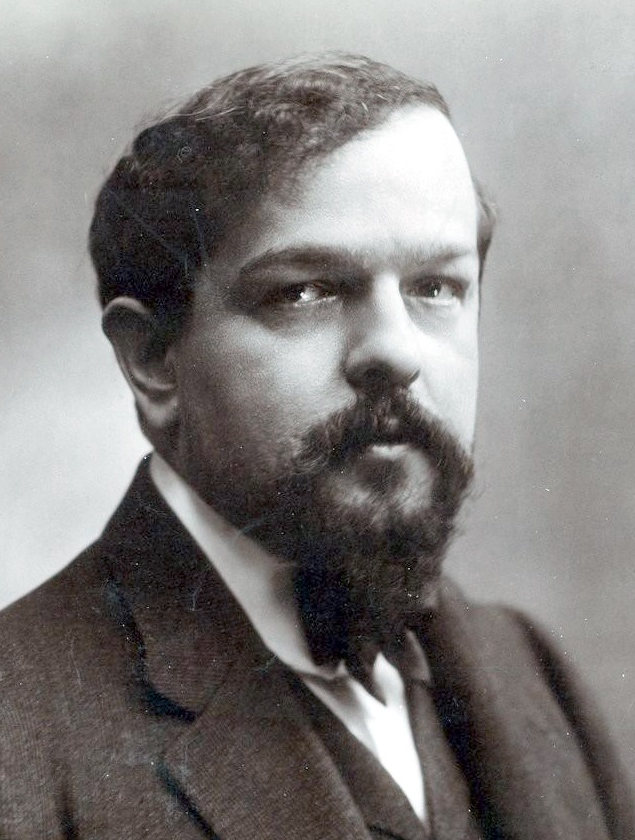|
||
|
The sarabande originated in central America, and became popular in the Spanish colonies. It spread through Spain Italy and France in the seventeenth century, becoming a slow court dance. Many baroque composers wrote sarabands, notably J S Bach. Debussy's sarabande was originally written in the winter of 1894 as part of a set of piano pieces called Images Oubliées. It was revised in 1901 and included as the middle movement of a suite called Pour le Piano. It was first performed in public on 11 January 1902. Debussy described the Sarabande as "rather like an old portrait in the Louvre", and he is said to have played the movement "with the easy simplicity of a good dancer from the sixteenth century". Erik Satie has been suggested as a strong influence in its composition, specifically his three sarabandes for piano written in 1894. Maurice Ravel became particularly famous for orchestration, not only of his own compositions but also those of Mussorgsky, Rimsky-Korsakov, Schumann and Chabrier. He even once said to Debussy "If I had time I would re-orchestrate La Mer". History does not report what Debussy replied. In June 1922, four years after Debussy's death, the publisher Jean Jobert asked Ravel to orchestrate two of his piano movements the sarabande and a dance. Ravel, with permission from Debussy’s widow, made the orchestration in November 1922, and the orchestral version was premiered March 1923 in Paris. The result is a wonderful symbiosis of Debussy's poised melodies and subtle harmonies and Ravel's mastery of orchestral colour. A true combination of geniuses. Debussy's Sarabande was performed by the Portobello orchestra on the 6th July 2019, conducted by Sam Jones. back |

